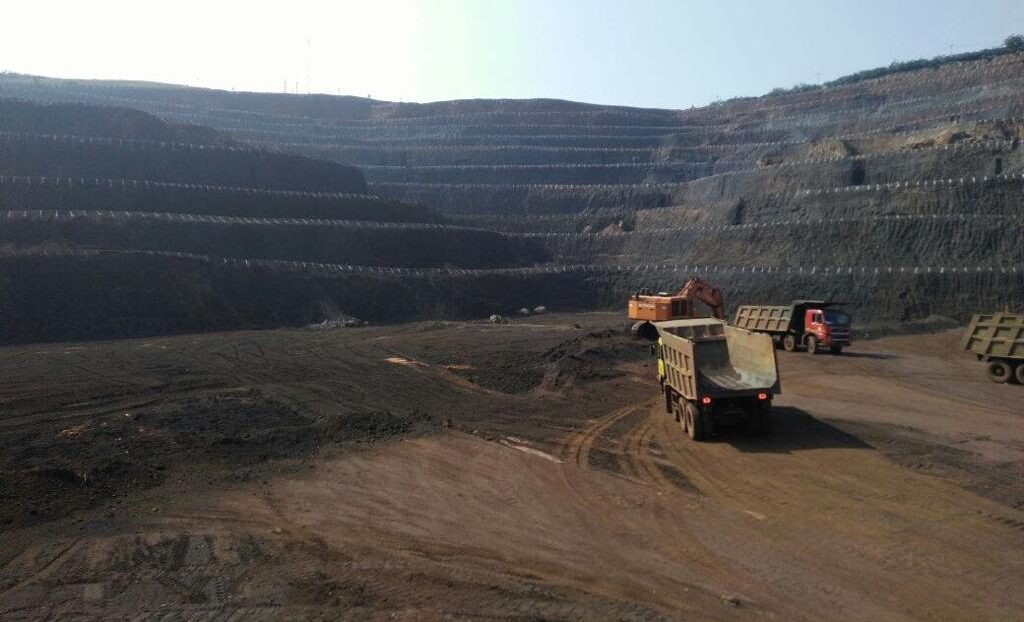Introduction
Hello Miners.
If you have been associated with the mining industry prior to 2015, you may have noticed significant changes that occurred before and after that year. From a financial perspective, the industry has undergone a substantial transformation. Both capital expenditure (capex) and operational expenditure (opex) have exhibited considerable fluctuations, impacting the pursuit of profitability in an increasingly competitive landscape.
So, what happened in the year 2015?
In India, substantial changes occurred between 2014 and 2015. These changes encompassed not only the BJP securing a majority after an extended period but also the noteworthy alterations made to various legislations by the newly elected party. As a miner, I would like to highlight the amendment to the MMDR Act, which had a profound impact on the mining industry, ushering in a new era of Mining.
What did the Great Amendment bring with it?
The Mines and Minerals (Development and Regulation) Amendment Act of 2015 (MMDR Amendment Act) brought several reforms to the mineral sector. The amendments included:
- Replaced the first-come-first-served process for granting mineral resources with a transparent and competitive auction process.
- Established the District Mineral Foundation and National Mineral Exploration Trust.
- Created a new category of mining license, the prospecting license-cum-mining lease.
- Established stringent penalties for illegal mining.
- Deemed all mining leases granted before the commencement of the MMDR Amendment Act to have been granted for a period of fifty years.
All of these aspects are connected, either directly or indirectly, to our profitability analysis. However, delving into each of these points in detail would require more time than you might anticipate. Therefore, let’s concentrate on the most pertinent point among them and take a closer look at the first two.
What made these changes remarkable?
“Replaced the first-come-first-served process for granting mineral resources with a transparent and competitive auction process.”
Prior to the 2015 amendment, Mining leases/concessions were allocated on a ‘first come, first served’ basis. As a result, most of these leases were obtained by the Mine Owners who were the pioneers/early-movers in this industry. Their dominance made it exceedingly challenging for new entrants to establish themselves. Many of these leaseholders ranked among the wealthiest individuals in their respective states and employed strategies such as registering multiple companies under different names to circumvent limitations on maximum area allocations.
Consequently, the newly elected government opted to enhance transparency in the allocation process through competitive auctions. Nevertheless, some experts argue that this move aimed to attract major capitalists who were dominant in the steel industry and seeking entry into the mining sector. While I recognize that this topic can be a subject of debate and my perspective may not align with yours. Well, one undeniable fact is that the new allocation system represented a significant improvement in transparency.
Another noteworthy point is the government’s revenue from mining royalties was quite meager/less before 2015, leading to a substantial margin of profits for mine owners. But unlike earlier, this time the government was ready with its well-structured policies aiming a maximum revenue from mining concessions.
“Established the District Mineral Foundation and National Mineral Exploration Trust.”
When I mention that the government was well-prepared with policies to maximize revenue, I’m referring to the newly introduced levies, which include the auction premium, District Mineral Foundation (DMF), and National Mineral Exploration Trust (NMET).
The auction premium is calculated as a percentage of the average sale price for mines which is settled during the auctions.
For newly auctioned mines, the DMF levy amounts to ten percent of their royalty.
Similarly, mines are subjected to a two percent levy of their royalty as NMET charges.
Now, let’s examine the implications of these recently introduced levies on the mining industry
Profitability:
When assessing the profitability of mines before and after the introduction of auctions, our primary focus should be on understanding the operating expenses (opex), as the initial capital expenditure (capex) can vary due to changes in different governing Acts. In this discussion, we will concentrate on opex to provide a more comprehensive and accessible comparison.
If your interest lies in delving deeper into the differences in initial capital expenditure, we invite you to stay connected as we will explore this topic more conceptually in a forthcoming article. However, for a broader understanding of profitability comparisons, it is crucial to grasp the components of operating expenses.
The operating expenditure encompasses various elements, including production costs (inclusive of overheads), royalties, premiums, District Mineral Foundation (DMF) contributions, National Mineral Exploration Trust (NMET) payments, surface rent, dead rent, cess, GST, water tax, and more.
However, this amendment only impacts royalties, premiums, DMF contributions, and NMET payments. Therefore, for our analysis, we will assume that all other components remain consistent for both auctioned and non-auctioned mines. To gauge the differences in profitability, we will examine the variations in these four specific components.
Now, let’s delve into how these four elements influence profitability in the mining sector.
Levies for Non-Auctioned Mines:
To facilitate easy comparison, let’s express all costs as a percentage of the Average Sale Price (ASP).
- Royalty: 15% of ASP
- District Mineral Foundation (DMF): 30% of Royalty, which is equivalent to 4.5% of ASP
- National Mineral Exploration Trust (NMET): 2% of Royalty, or 0.3% of ASP
- Premium: Not Applicable
- Production Cost: Approximately 12% of ASP (Note: This cost remains consistent for both auctioned and non-auctioned mines)
- GST: 5% of Sale Price, which translates to 6% of ASP (assuming the sale price is a maximum of 120% of ASP, This cost remains consistent for both auctioned and non-auctioned mines)
- Other Levies: Approximately 3% of ASP (Note: This cost remains consistent for both auctioned and non-auctioned mines)
Total Expenditure: The sum of Royalty, DMF, NMET, Premium (if applicable), GST, Other Levies, and Production Cost amounts to (15 + 4.5 + 0.3 + 0 + 6 + 3 + 12)% of ASP, which equals 40.8% of ASP.
Levies for Auctioned Mines:
To facilitate easy comparison, let’s express all costs as a percentage of the Average Sale Price (ASP).
- Royalty: 15% of ASP
- District Mineral Foundation (DMF): 10% of Royalty, which is equivalent to 1.5% of ASP
- National Mineral Exploration Trust (NMET): 2% of Royalty, or 0.3% of ASP
- Premium: 110% of ASP (Considering the prevailing auction trend where most mines are auctioned with a premium higher than 110%)
- Production Cost: Approximately 12% of ASP (Note: This cost remains consistent for both auctioned and non-auctioned mines)
- GST: 5% of Sale Price, which translates to 6% of ASP (assuming the sale price is a maximum of 120% of ASP, This cost remains consistent for both auctioned and non-auctioned mines)
- Other Levies: Approximately 3% of ASP (Note: This cost remains consistent for both auctioned and non-auctioned mines)
Total Expenditure: The sum of Royalty, DMF, NMET, Premium, GST, Other Levies, and Production Cost amounts to (15 + 1.5 + 0.3 + 110 + 6 + 3 + 12)% of ASP, which equals 147.8% of ASP.
To be continued……
I apologize for extending this discussion without a conclusion. Given the length of the current blog post, the remaining content will be covered in the second part of this series. In the upcoming part, we will delve into a detailed comparison of profitability. I hope you have gained a comprehensive understanding of Mine’s profit analysis and the impact of the MMDR-2015 amendment from this article. I assure you that the second part of this blog will be well worth the wait.
In the Second Part we will discuss:
How the big players are managing profits in Mining Business?
Is Mining Profitable anymore?
Will Mining be profitable with the existing regulatory framework?
Signing Off,
You will also love reading:
Highest Iron Content in Different Iron Ores: Unearthing the Riches
Comparing Central and State Government Powers in Mining

